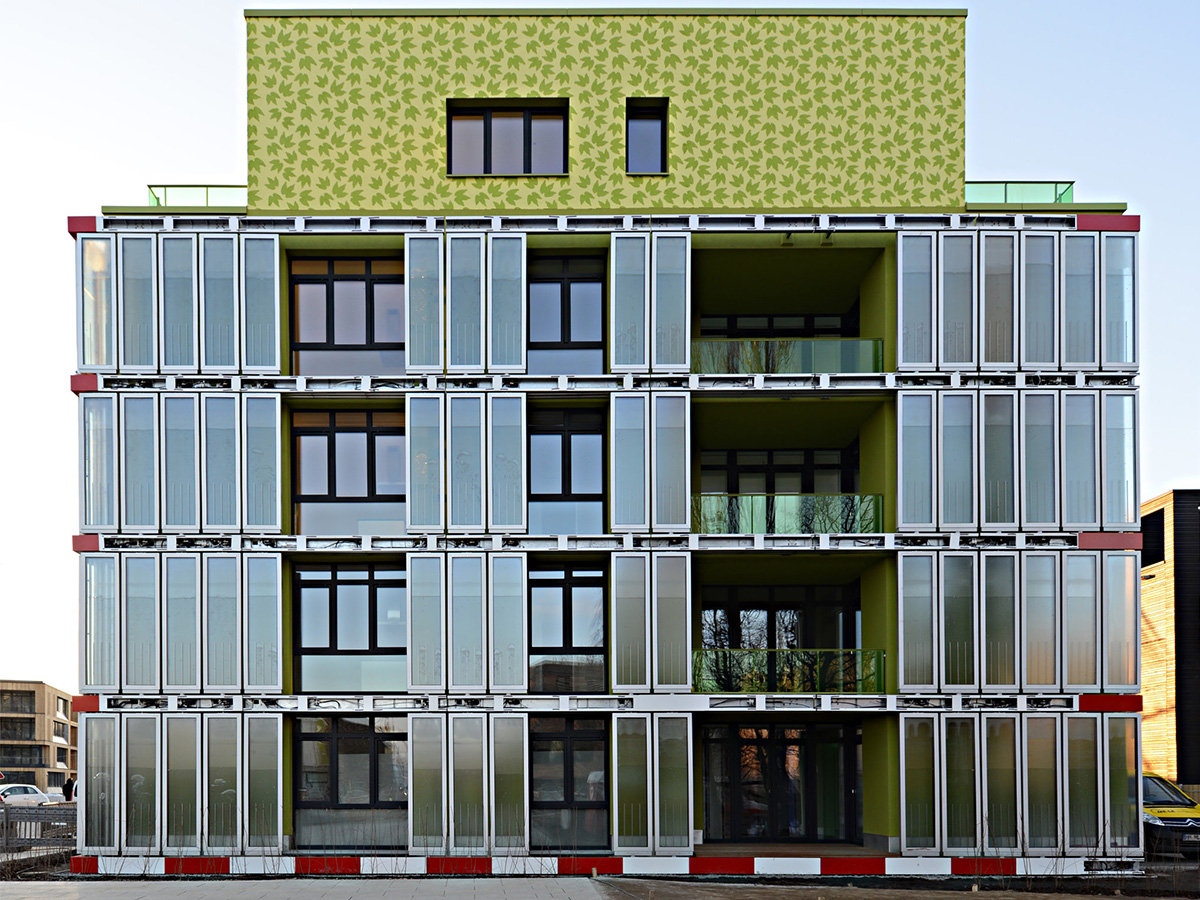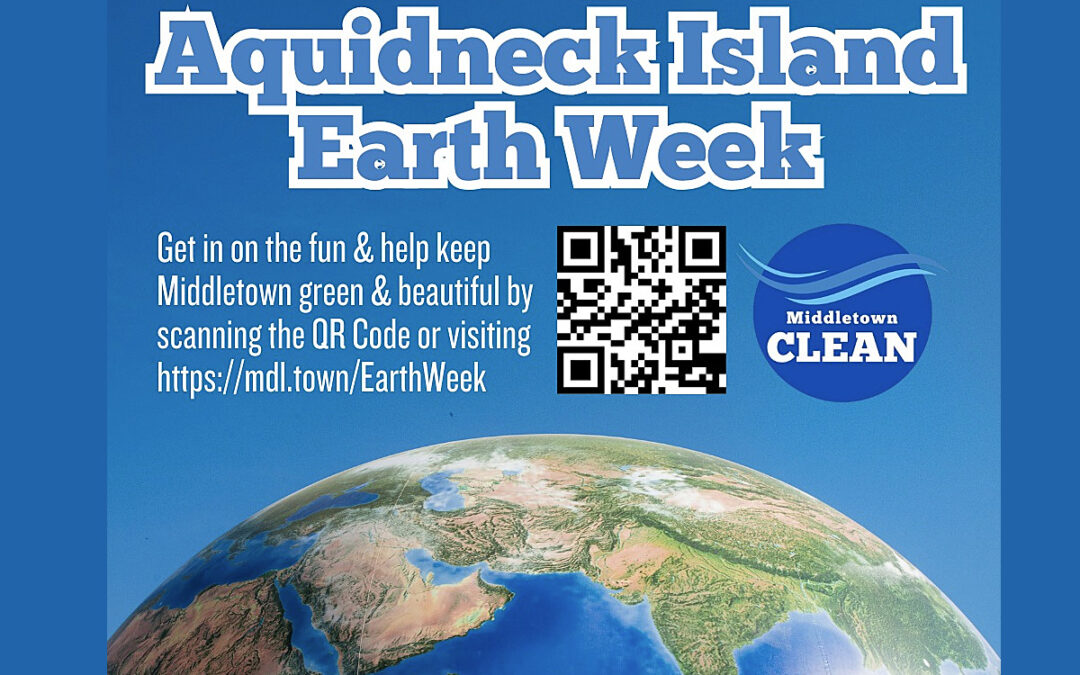Since 1970, Earth Day has been celebrated annually on April 22. This day stands as a vital reminder of our interconnectedness with the planet and the urgent need for environmental stewardship. U.S. Senator Gaylord Nelson, recognizing a growing awareness of environmental degradation in the late 1960s, envisioned a day of collective action. After witnessing the devastating 1969 oil spill in Santa Barbara, California, Nelson was inspired to harness the energy of the student anti-war movement and channel it toward environmental concerns. He envisioned a nationwide grassroots demonstration to force environmental issues onto the national political agenda.

Flowers bloom in the spring complimenting the Newport, RI coastline.
Denis Hayes, a young activist, was recruited to organize the first Earth Day on April 22, 1970. The date—strategically chosen between spring break and final exams—was selected to maximize student participation. Before long, millions of Americans took to the streets, parks, and auditoriums, participating in rallies, protests, and educational events. This extraordinary display of public concern transcended political, social, and economic divides, leading to significant legislative action in the United States, including the Clean Air Act, the Clean Water Act, and the establishment of the Environmental Protection Agency (EPA).

Many groups and organizations host “clean-ups” as a way to celebrate Earth Day.
Over the decades, Earth Day has evolved from an American event into a global movement, coordinated by the Earth Day Network. It now serves as an annual focal point for raising awareness about pressing environmental challenges—from climate change and biodiversity loss to pollution and resource depletion. The day is marked by a diverse range of activities worldwide, including tree planting, community cleanups, educational workshops, and advocacy campaigns. It provides a platform for individuals, organizations, businesses, and governments to come together, share ideas, and commit to tangible actions for a healthier planet.
In 2025, Earth Day carries particular weight and urgency. The impacts of climate change are becoming increasingly visible and severe, with more frequent and intense extreme weather events, rising sea levels, and disruptions to ecosystems. Scientific reports continue to underscore the critical need for immediate and transformative action to mitigate greenhouse gas emissions and build resilience. Furthermore, the ongoing loss of biodiversity threatens the delicate balance of nature and the essential services it provides.

Engineering firm Arup is piloting the world’s first algae-powered building in Hamburg, Germany, featuring a “bio-adaptive facade” that uses live microalgae in glass louvres to generate energy and provide shade.
Against this backdrop, Earth Day 2025 offers a crucial opportunity to galvanize global efforts. It serves as a powerful reminder that environmental protection is not just an abstract ideal but a fundamental necessity for humanity and the future of our planet. This year’s celebrations will likely focus on amplifying calls for stronger policy commitments, promoting sustainable practices at all levels, and fostering a greater sense of collective responsibility. From local community initiatives in Newport, Rhode Island, to international collaborations, Earth Day 2025 will be a meaningful opportunity to reaffirm our commitment to creating a sustainable and equitable future for everyone.

Greenery walls on buildings are gaining popularity as a sustainable response to climate change, helping to reduce urban heat, improve air quality, and enhance energy efficiency.
It is a day to reflect on the progress made, acknowledge the challenges ahead, and take meaningful action to protect the Earth, the only habitable planet we know of for billions of miles. With time running short, we must act with urgency to safeguard our one-in-a-billion, miraculous accident of a planet while we still can. Join A4 Architecture by rolling up your sleeves and getting involved.
Ross Cann, RA, AIA, LEED AP, is an author, historian, teacher, and practicing architect living and working in Newport, RI. He studied Molecular Biophysics at Yale College, holds an M.Phil. in Architectural History from Cambridge University in England, and an M.Arch. in Architectural Design from Columbia University in New York.
